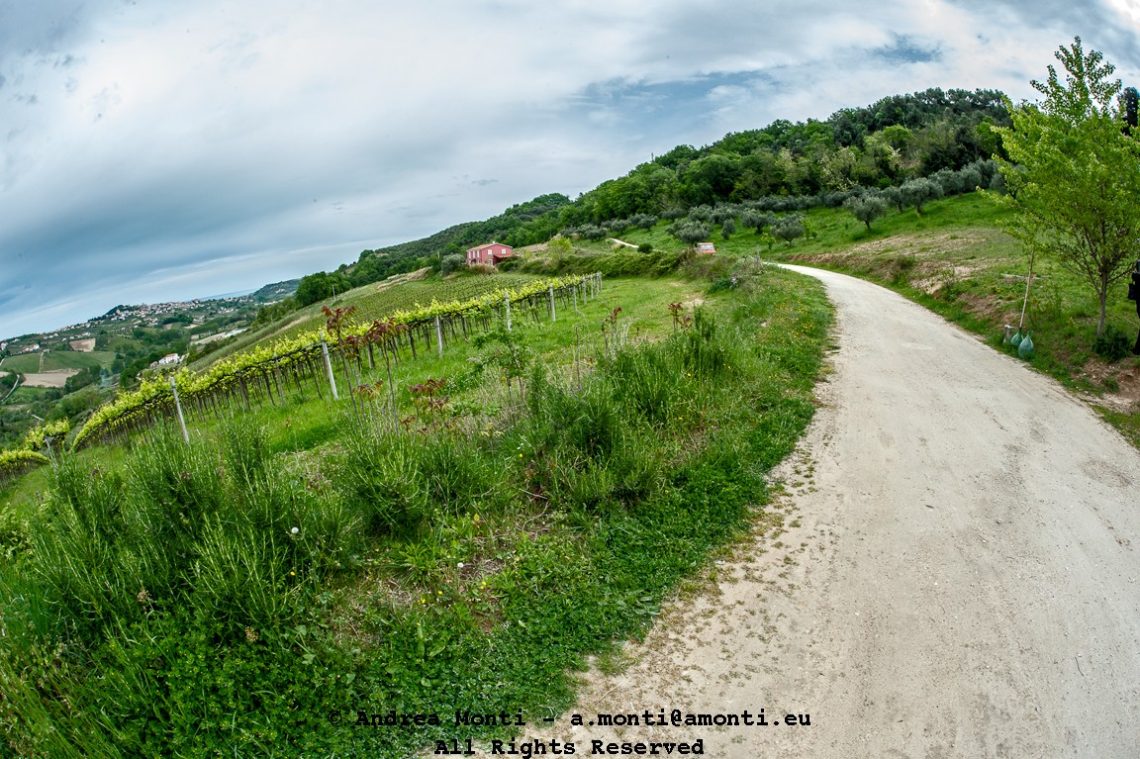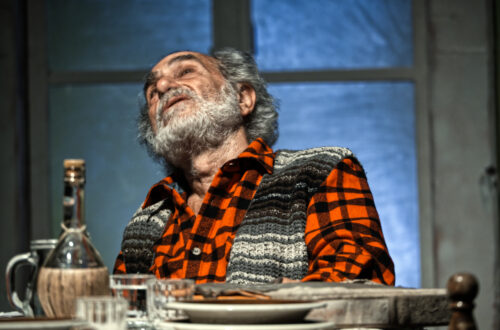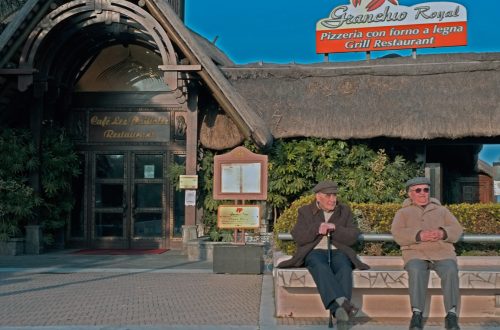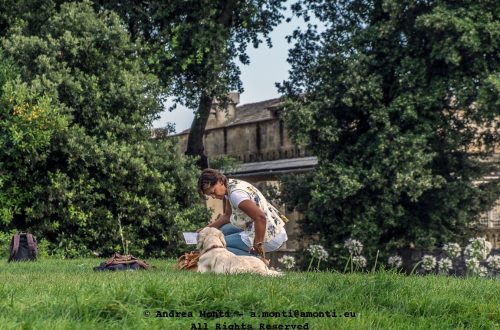
Bent
When I first lifted the camera to my eye for this shot, the Nikkor 16mm fisheye was not the lens you’d expect for such a pastoral, rolling landscape. Fisheyes, after all, are often the tools of cramped interiors, extreme sports, or deliberately surreal perspectives. Yet here, in the middle of vineyard country, I wanted to see what would happen if I let its inherent distortion play with the natural undulations of the hills.
The result is a scene that feels almost elastic. The road on the right curves away more dramatically than it does in reality, while the vineyard rows tilt into an exaggerated arc, their geometry bending to the lens’s will. The fisheye’s distortion has turned the horizon into a subtle crescent, drawing the viewer’s gaze from the far-off hill town on the left toward the red farmhouse at centre, and finally along the gravel path that disappears into the greenery.
From a compositional standpoint, the choice to anchor the image with the path on one side and the vineyard on the other creates a dialogue between order and chaos. The vineyard rows are disciplined, repetitive, almost architectural, while the grassy verge and dirt road are looser, freer. The fisheye pushes this contrast to the edge of whimsy without quite tipping into caricature.
Technically, the exposure is well judged. The soft, even light of a cloudy day has preserved detail across the frame—from the deep greens in the foreground to the muted whites in the sky—without harsh shadows or blown highlights. The wide depth of field keeps all elements crisp, allowing the distortion to be the primary tool of separation, rather than selective focus.
What pleases me most about this image is how it subverts expectations of both subject and lens. The rural landscape is a classic photographic motif, but here it’s refracted—literally—through an unconventional optic. The fisheye doesn’t simply document the scene; it interprets it, making the earth seem pliable, as if the land itself were responding to the quiet push and pull of the wind.




